Summary
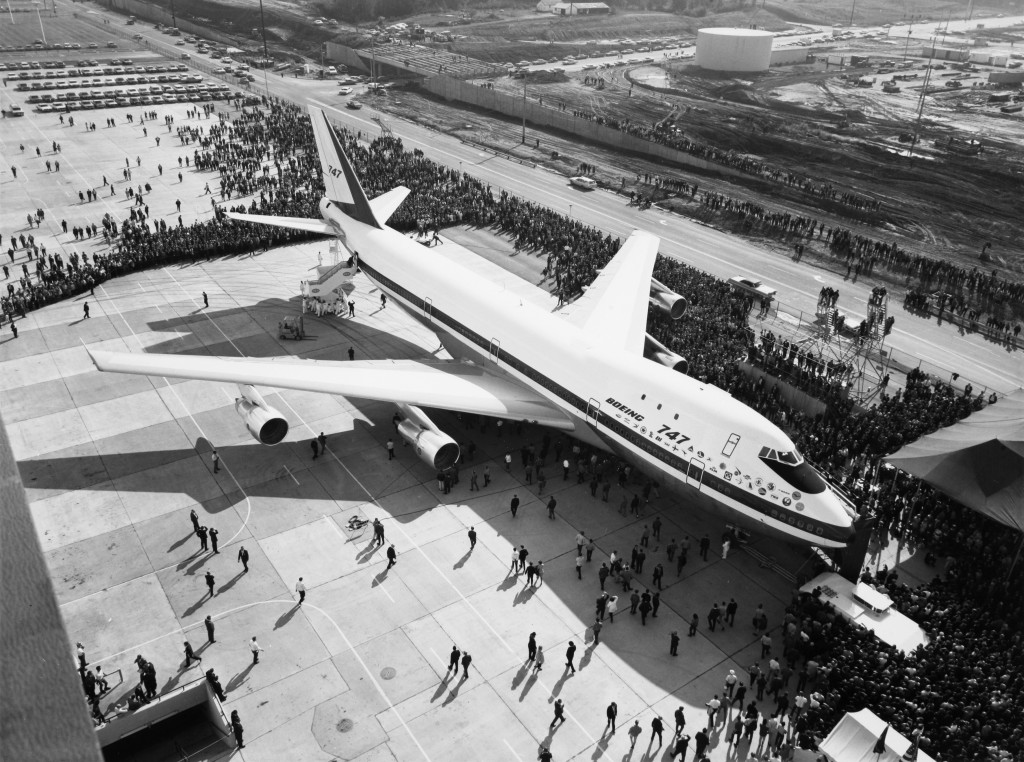
When the big bird rolled out, roll out of the Boeing 747-B took place at Everett, Washington in 1968.
In March 1966 a board of Boeing’s directors decided to officially proceed with the 747 programme. It followed years of investigative designs towards the new airliner based on where the manufacturer saw demand and where it could take the limits of new technology.
The plan was always to build something large, based on the back of a proposal put to different manufacturers by the US Air Force Military Air Transport Service which required a capacity for 750 troop passengers to travel anywhere in the world. It was known as CX-HLS; as well as Boeing, both Lockheed and McDonnell Douglas worked on proposals. Lockheed won the contract, but the project ultimately foundered. Nevertheless, the C-5A Galaxy was produced as a result.
Boeing was to use its design work and build on what it had proposed, courting Pan Am in the process to help tailor their new aircraft for the needs of such a high profile customer. It was difficult to come to a solution over whether a double- or single-deck cabin should be used, particularly when it called for a high capacity of passengers and/or cargo. Ultimately the design compromise saw the now famous ‘hump’ above the cabin where the flight deck would be located, thus allowing a hinged nose to offer straight-in access for cargo containers onto the main deck.
Juan Trippe of Pan Am gave the final approval of this design and, on 12 April 1966 he persuaded his board to approve the purchase of 25 aircraft straight from the drawing board at a cost of $18,757,000 each – a total outlay of $550 million when parts, engines and fittings were included.
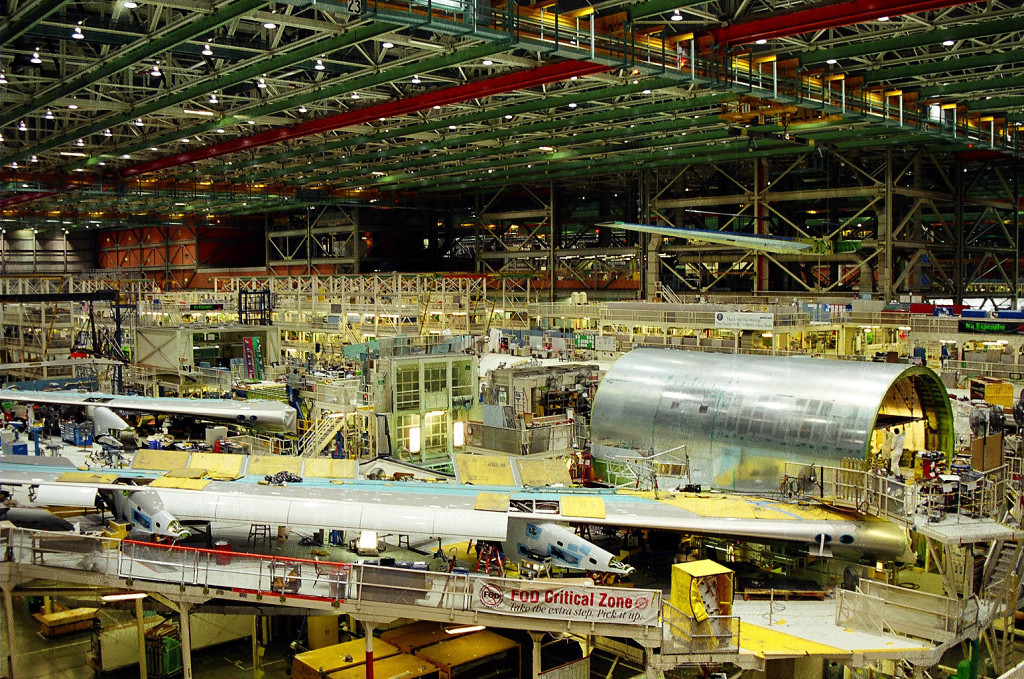
By Meutia Chaerani / Indradi Soemardjan http://www.indrani.net (Own work) [GFDL, CC-BY-SA-3.0 or CC BY 2.5], via Wikimedia Commons
The Dream Becomes Reality
In his book, Boeing 747 A History, Martin W. Bowman covers the process of making the design a reality in great detail, with plenty of archive images of the new Everett facility and the first production aircraft taking shape.
When the time came for the first flight of the behemoth aircraft on Sunday 9 February 1969, the president of Boeing, Bill Allen, told test pilot Jack Waddell: “Jack, I hope you understand the future of the company rides with you guys this morning.” For such an investment had been made that Boeing could not afford the project to fail.
Although Pan Am, and a number of other airlines, had made an incredible commitment to the 747 by ordering it off the design board, if it ultimately proved to be a failure the compensation and cost of the investment to date would cripple the company. It needed a success.
They need not have worried, as the airliner, N7470, lifted gracefully into the skies and Waddell was able to demonstrate its surprisingly light controls with some playful maneuvers in the skies over the assembled crowds.
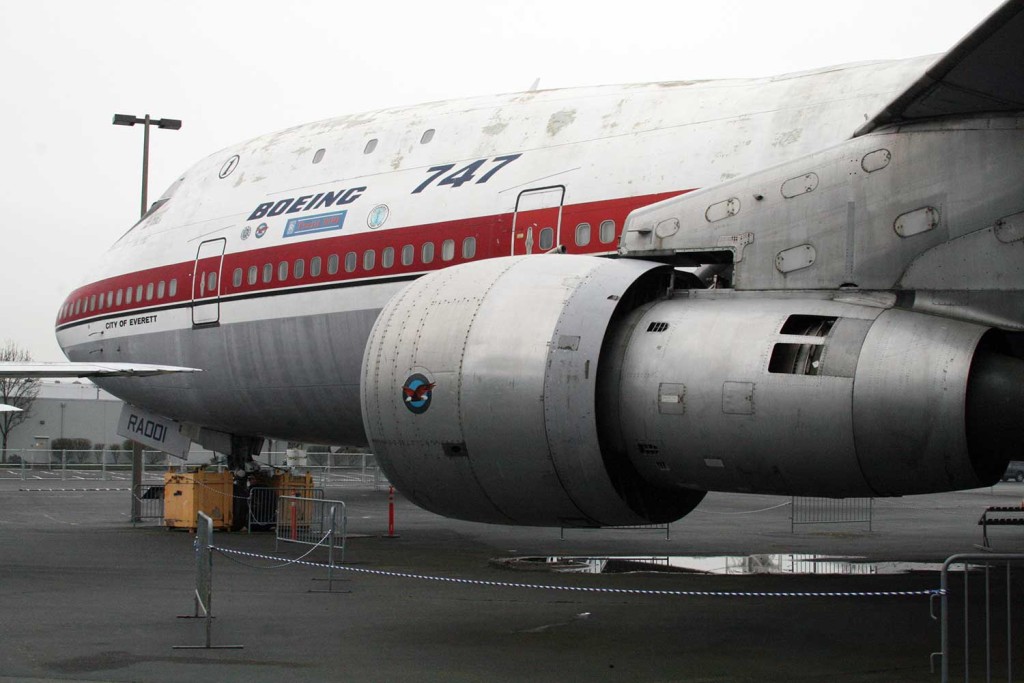
Airline Service and Later Models
The first aircraft to be delivered to Pan Am was N733PA Clipper Young America, which entered service on 13 December 1969. By this time over 160 aircraft had been ordered by 27 different airlines.
The public would be wowed by the sight of the huge airliner as it began service across the Atlantic and elsewhere in the world. Passengers would marvel at its comfort and airlines at its economics.
On 11 October 1970 the first 747-200 model was flown, boasting improvements to the structure of the airframe and an increased maximum takeoff weight. It entered service with KLM and Northwest Airlines in 1971, and became much more successful than the original -100 variant.
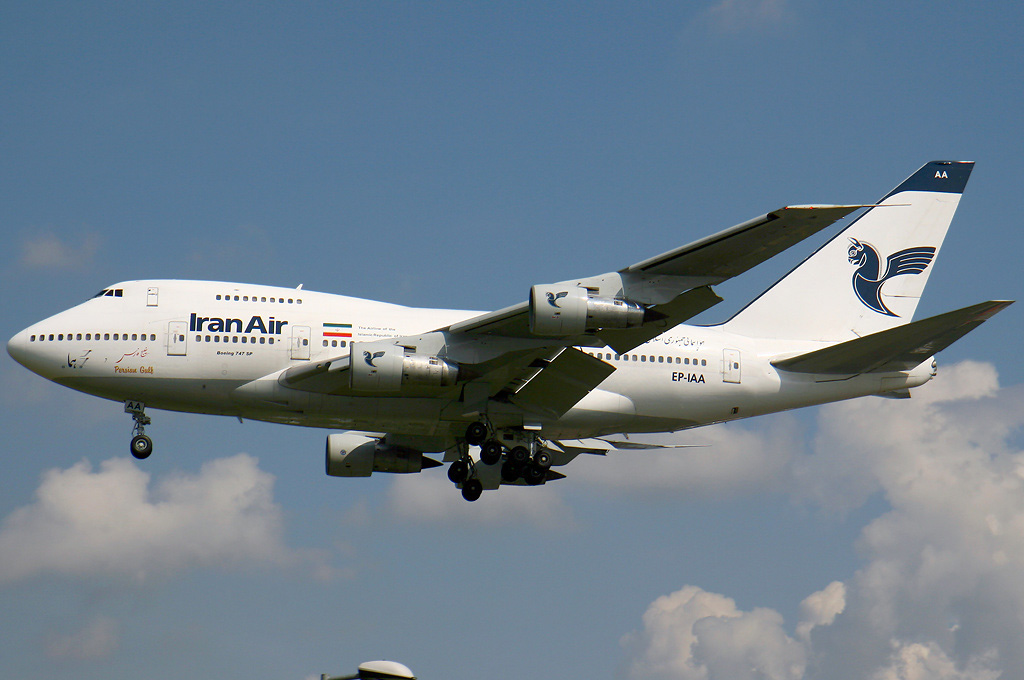
(c) Konstantin von Wedelstaedt
The shorter SP variant first flew on 4 July 1973. Intended as an answer to the Douglas DC-10 and Lockheed L1011 TriStar, with fewer seats and extended range, the stubby 747 also had redesigned flaps and lightweight materials to give its performance boost. It was predicted that there would be demand for hundreds, but only 45 were produced.
A Stretched Upper Deck, or SUD, modification was produced for Swissair, which became officially known as the 747-300 (although -200B models could be modified to a -200 (SUD) standard). It entered service on 5 March 1983.
However, the much-updated -400 model, known as the ‘Megatop’, was developed in the early 1980s at a time when the 747 programme had started to dwindle. The result was an extremely popular aircraft, reducing the flight crew to two and incorporating a modern glass cockpit. The stretched upper deck came as standard, and the engines were much improved. It had greater range and economies for operators.
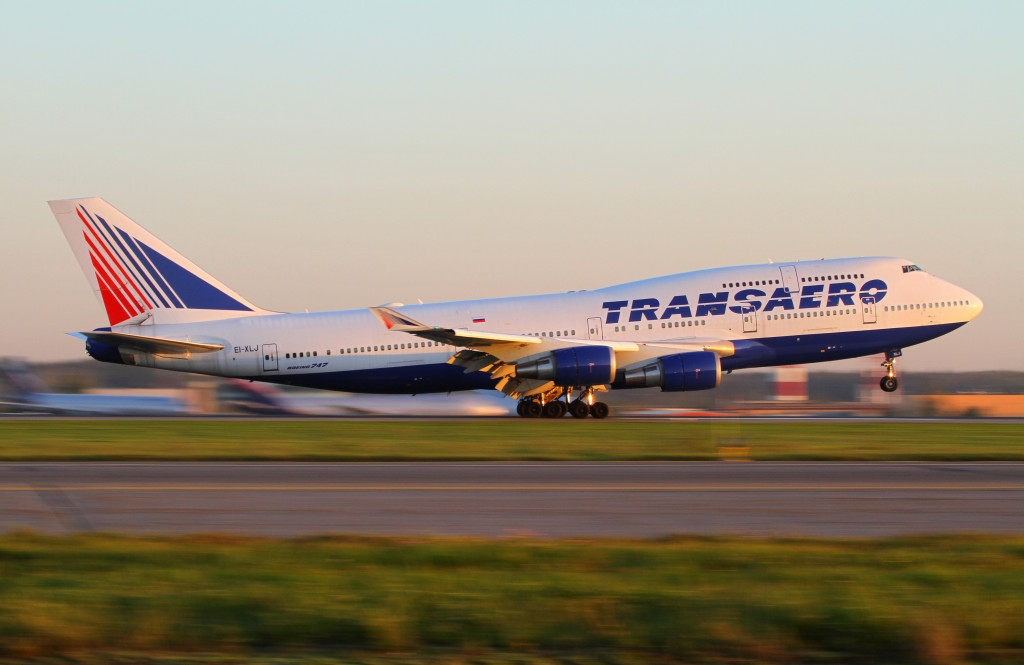
Northwest Airlines took delivery of the first example after its first flight on 29 April 1988. Almost 700 of this variant were built, making it the most successful of all the Boeing 747 models.
Other variants did exist, including cargo modifications, combi versions, and dedicated freighters which showed off the cargo-carrying capacity of the 747. More niche versions include the short-range SR, developed for high capacity domestic services in Japan. Perhaps the most famous variant was Air Force One, used to carry the President of the United States.
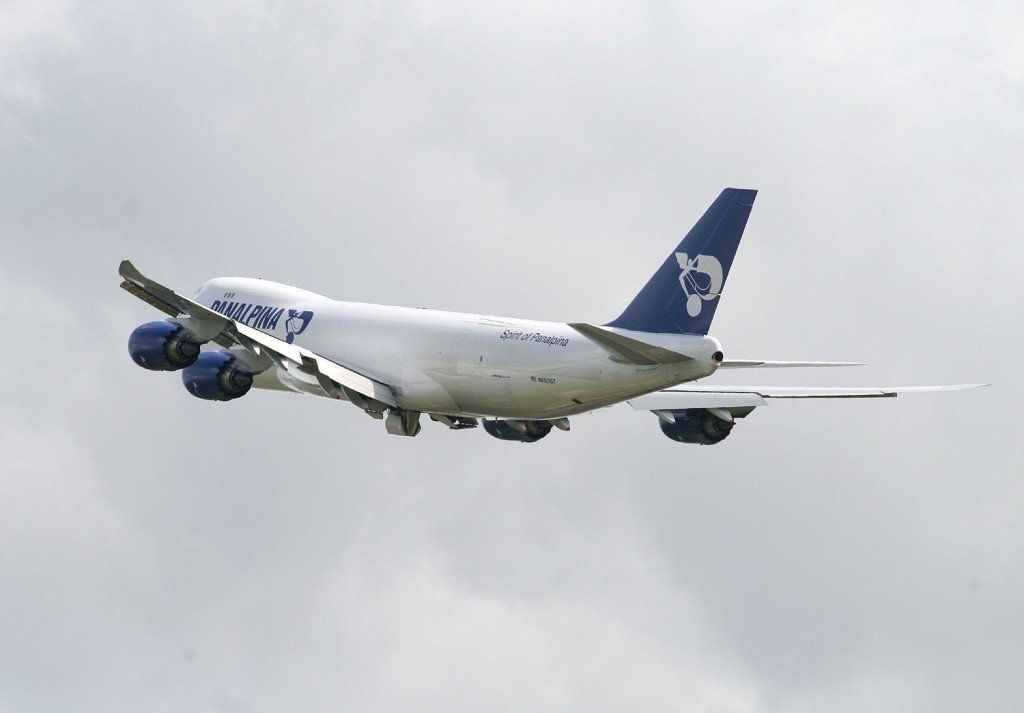
Boeing sought to clamber back the ground it had lost to the Airbus A380 superjumbo by developing the 747-8 in the early 2000s, based on modern design and aeronautical principles, and using carbon fibre composites to make this a very modern aircraft.
The type is still in production, both as a passenger and dedicated freighter. However it has failed to set the industry alight and looks set to be the end of the line for the iconic airliner.
Boeing 747 A History
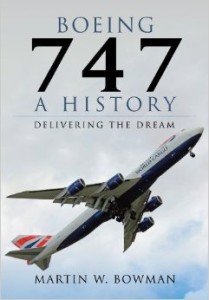 Martin W Bowman’s book, published by Pen and Sword, is an impressive hard-back companion to one of the best-known aircraft to have ever graced our skies. It covers the development and service life of the 747 in detail, packed throughout with archive and colour photographs.
Martin W Bowman’s book, published by Pen and Sword, is an impressive hard-back companion to one of the best-known aircraft to have ever graced our skies. It covers the development and service life of the 747 in detail, packed throughout with archive and colour photographs.
Chapters deal (perhaps more often than necessary) with the high profile crashes the 747 story has had to deal with – from Tenerife in 1977 to the Korean Air shoot down in 1983, the Pan Am Lockerbie bombing in 1988, and the TWA 747-100 explosion out of New York in 1996.
Appendices are packed full of statistics and timelines, and unusual chapters wax lyrical about the joys of being a pilot flying a 747 into Hong Kong, and the day in the life of ground operations handling 747s at Amsterdam Schiphol.
Boeing 747 A History retails at £25 / $44.95, and is up-to-date with the recent 747-8 developments. Perhaps a future update could deal with the inevitable disappearance of the 747 to the annals of history should that terrible day arrive as expected.
A thoroughly recommended book which should be on any aviation enthusiast’s bookshelf.

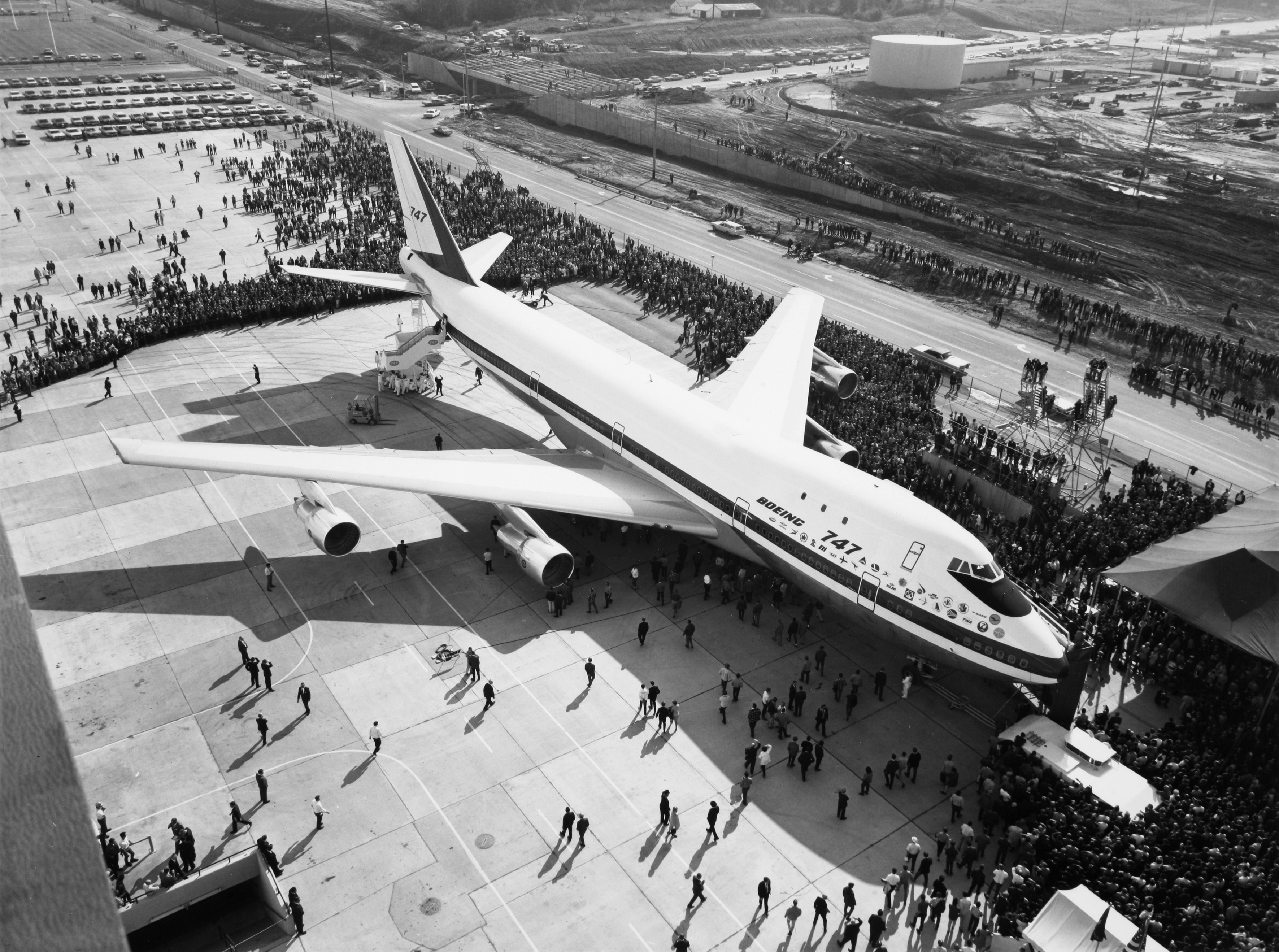



4 comments
thanks for letting me know about this book and as this aircraft is my all time fave so id like
to purchase this book when it comes out. I will get it from amazon when i can
Thanks for the comment Anthony. I believe the book is already available to buy, either on Amazon or http://www.pen-and-sword.co.uk
[…] And for anyone who is a fan of aviation writing, I’m sure Martin Bowman needs no introduction. He has written some of the more accomplished and enduring titles on all aspects of aviation, from war and military, to civil topics (we reviewed his Boeing 747 A History book last year). […]
[…] You can read our review of the book here […]